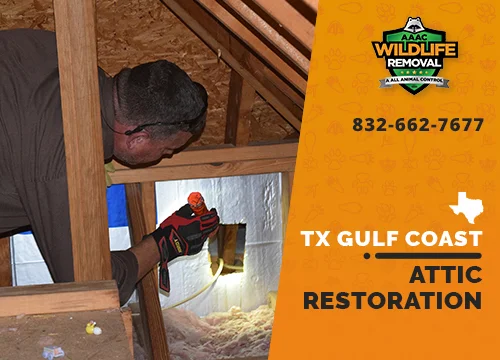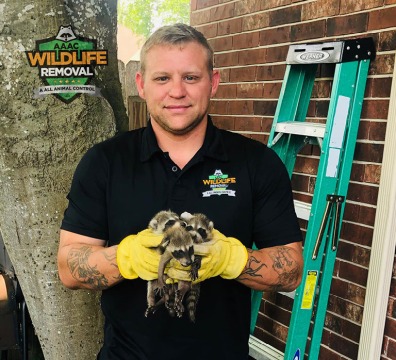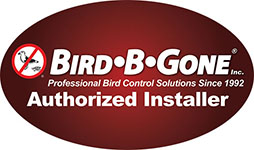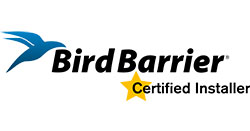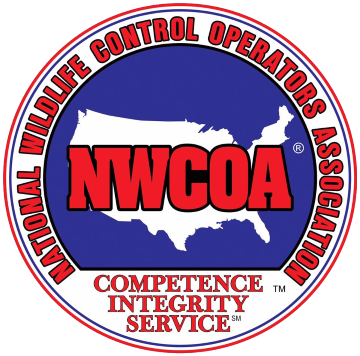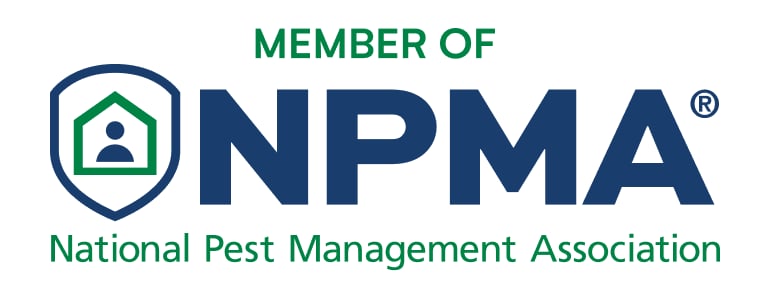How We Restore Your Attic
Although they are not able to chew through insulation material, they can tear it apart. The insulating material becomes more than just bedding: after all, the animals that are tearing at your attic’s barriers will also make a home for themselves in said holes and leave behind their own contaminants like urine and feces. These areas can easily allow air in or out, which is why you could be losing money. Here are the steps we take to when performing attic restoration:

Scoop out Larger Feces Clumps
A project to restore an attic is started by removing large feces, which are usually left behind by pests. We use a long-handled tool to remove the feces from the walls and ceilings. We soak any droppings that have dried on surfaces or are stuck to the ceiling, then use a wire brush to remove them.
AAAC technicians use a tool with an extendable handle that allows them to climb up onto your roof to reach high places where squirrels and raccoons often leave their feces. Technicians may have to remove large amounts of droppings from the rafters or eaves in order to safely vacuum it out.

Vacuum Small Feces
Next is to clean out the attic of small rodent feces pellets by vacuuming. This method is the best for removing large amounts of small feces left behind by rodents such as rats, mice, and other rodents. AAAC uses a specialized machine with a large enough hose that can reach the furthest point in your attic. It has an extra-long, powerful vacuum tube, high-speed suction, and HEPA filter that removes animal hair and droppings. AAAC also uses a special brush attachment to reach tight areas such as corners or near the roofline.
AAAC uses ultraviolet light to locate tiny feces that may be hidden in the attic. The UV light will show black dots where there are feces from animals like rats, bats, or raccoons.

Air Duct Cleaning & Repair
AAAC Wildlife Control also provides ductwork repair and restoration services. We can remove hair, droppings and urine. AAAC uses a specialized tool to clean and remove any debris from the inside of the air ducts. Once the cleaning is complete, we can apply a disinfectant to the ducts in order to kill any remaining bacteria and viruses.
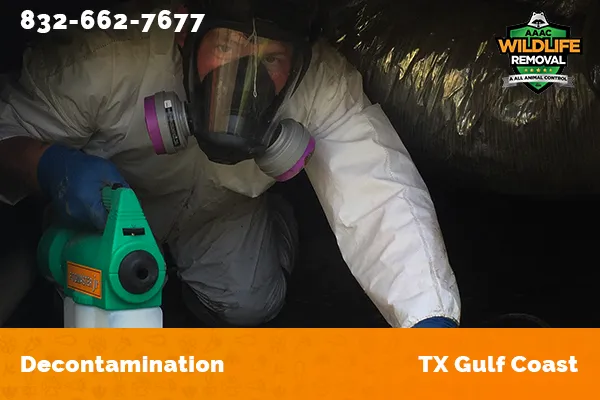
Decontaminate the Attic
After the removal of the animals, the most important part is the cleanup of the attic. This is an essential part of the job. You want to make sure your family remains safe from possible microbial pathogens.
AAAC Wildlife Removal uses UV light to determine if an area is contaminated by rodent droppings. The technicians will then apply a disinfectant spray and clean up any animal feces.
AAAC Wildlife Removal will fog the attic with a fine mist to kill microorganisms that may be present in animal feces. They use an electric-atomizer sprayer, which creates a fog that’s invisible to humans. Droplets that are evaporating leave behind chemical residues that are toxic to microorganisms.
Drying is also an important step because it removes all moisture that may remain, which could result in mold growth. AAAC may use a humidifier to remove moisture from insulation and attic wood. This helps to prevent mold growth in the attic space during re-insulation.

Full Attic Insulation Replacement
This part of the restoration work is completed by removing old insulation and then installing a brand new one. You must remove the insulation carefully in order to avoid damaging adjacent areas or making a mess. Insulation is wrapped around joists or rafters, so you must be careful not to pull it too hard.
Insulation also often contains mold spores and other potentially dangerous materials, which can be released into the air when the insulation is removed. To prevent inhalation of these hazardous particles, our technicians wear masks.
The technicians will then install new insulation after the old insulation has been removed. This insulation must be cut to fit and fit snugly around rafters and joists. It is possible to leave some pieces behind by cutting things too close. The technicians also use masking tape and a duct sealer to keep everything in place during installation.
What is full attic restoration?
Attic restoration services restore the appearance and function of an attic. Attic restoration includes insulation, decontamination and the removal of waste.
Attics typically lose their ability to insulate when they become dirty or dusty from accumulated dust, animal droppings, or ice accumulation. This can lead to more energy being lost through your house than if insulation was left intact. The first step in decontamination is to use fans in interior areas where moisture has affected, such as bathrooms and closets.
How do you disinfect an attic?
Take out soiled insulation then disinfect the attic’s surface with an ultraviolet sterilizer or disinfectant. Finally, clean the surfaces to kill bacteria. You must also clean any surfaces that have come into contact with contaminated material to prevent reinfection.
To ensure that the process is safe and efficient, insulation must be removed. Attic restoration also involves the use of a powerful suction system to remove mold, bacteria, and other harmful materials from surfaces such as wood joists or rafters. This is followed by a biocides wash-down that not only kills remaining mold but leaves behind an antimicrobial compound that prevents future mold and mildew growth. Lastly, light sterilization disinfects the area with ultraviolet lights similar to those used in hospitals.
Total Attic Restoration Solutions
AAAC Wildlife Removal offers attic restoration services. We can clean out attics after wildlife removal. We clean animal feces, remove soiled insulation, and re-insulate the attic to bring it back to its original condition. AAAC Wildlife will soak any droppings stuck to hard surfaces or dried with water. Then, we’ll use a wire brush and scrape them away. AAAC Pest Control has a specialized tool with an extendable handle to reach the high places squirrels or raccoons leave feces. Air Duct Repair is available for those who want to have their ducts clean and free from animal hair and droppings. Call us today to get your attic back!

